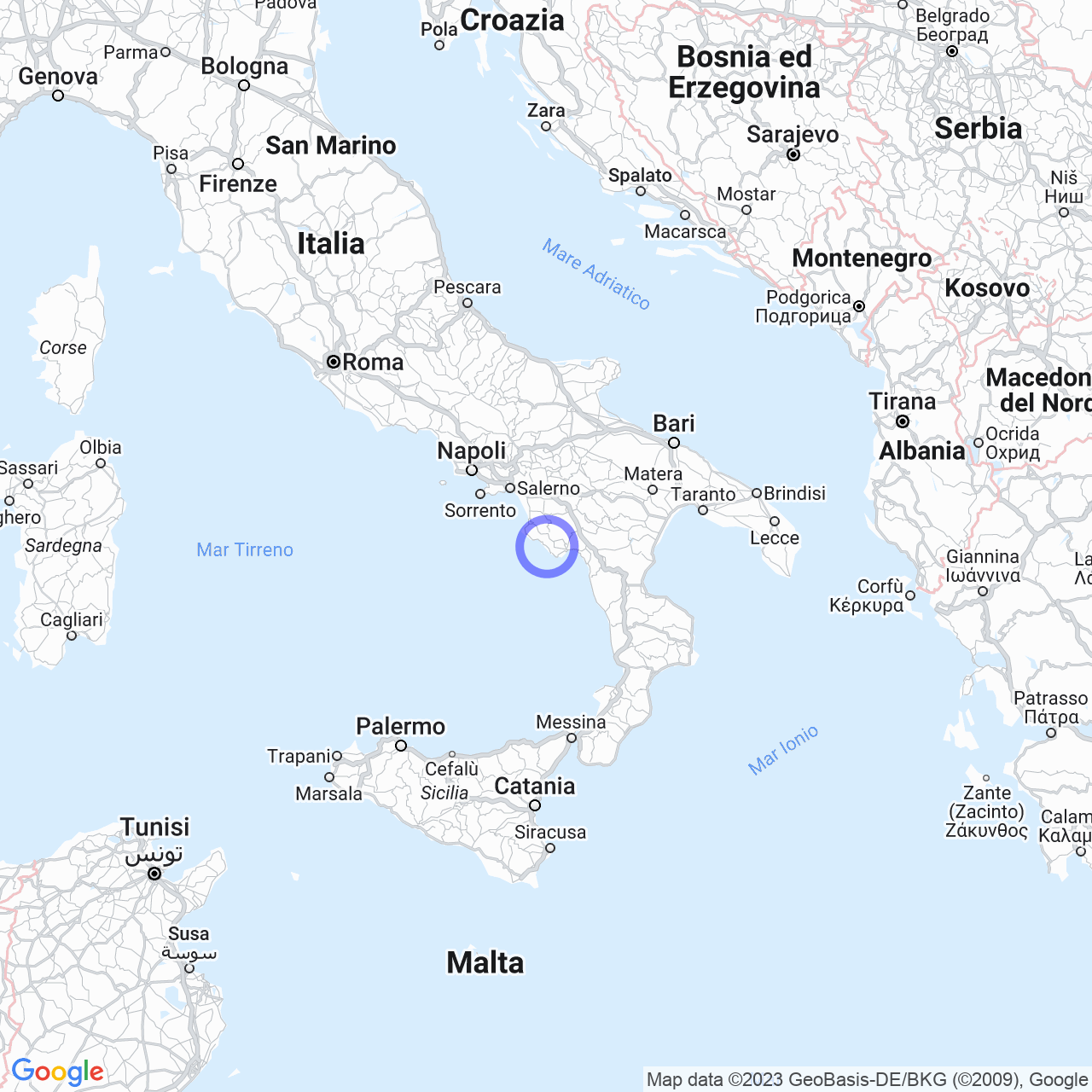Pisciotta
Welcome to Pisciotta, a town by the sea and mountains
Welcome to Pisciotta, a small town in the province of Salerno in Campania, with a population of approximately 2431 inhabitants. Pisciotta is located within the national park of Cilento and Vallo di Diano, an area characterized by the presence of both the sea and mountains. The landscape of Pisciotta is dominated by a low hill that overlooks the Tyrrhenian Sea. Here, the Fiori and San Macario streams flow, delimiting the Marina di Pisciotta hamlet. We invite you to discover the history and natural beauty of this place.
Physical geography
Pisciotta is a very particular town due to its geographical location. It is located south of the capital city of Salerno, just 50 km away. The main settlement is situated approximately one kilometer from the Tyrrhenian Sea, on top of a low and steep hill. Pisciotta has three hamlets, Marina di Pisciotta, Rodio, and Caprioli. Marina di Pisciotta is located on the coast and is about one kilometer away from the main town. Rodio, on the other hand, is situated within the mountains, about 10 km away from the sea, while Caprioli is located seven kilometers towards Palinuro (Centola). The latter hamlet is composed of several scattered villages over a relatively vast area, ranging from the sea to the low hills behind.

History
The history of Pisciotta is very ancient. The Greek colony of Pixous was founded here, whose name derives from the root PYX, from the buxus sempervirens (boxwood), a symbol of youthfulness and strength. Pixous then became the Roman Buxentum and was later hit by the Saracens of Agropoli in 915. The inhabitants of Bussento (the old name for that area) found refuge in the mountains and hills surrounding the village, and a small village, called Pixoctum, was formed. From Pixoctum, there came Pixocta, Pissocta, and finally Pisciotta. Unfortunately, the first years of the new village's life are not known, and only in the twelfth century, under William II of Sicily, does the toponym Pissocta appear, possessed as a feud by Niello, his citizen. In the oldest document that bears the name of Pisciotta, the Catalogus Baronum dating back to 1144, the town is listed as one of the feudal lands belonging to Raone, bishop of Capaccio. Over the centuries, the ownership of the land passed from one powerful family to another, including the Caracciolo (1270), Sanseverino (1400), and Pappacoda (1590), until 1806 when Joseph Bonaparte decreed the end of feudalism in the Kingdom of Naples.
Conclusion
Pisciotta is a place rich in history and natural beauty. In this town, visitors can discover the history that has shaped its land, and the incredible landscape made up of sea and mountains. The uniqueness of Pisciotta lies in its being a place by the sea and the mountains at the same time, with one of the best-preserved natural parks in our country. During a visit, we invite you to discover the beauty of our sea, the breathtaking landscapes of the surrounding mountains, and to taste our delicious olive oil, produced from our hills. We welcome you to Pisciotta and invite you to discover its unique beauty.
